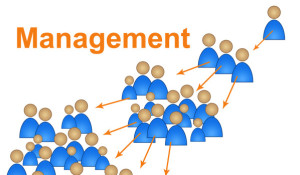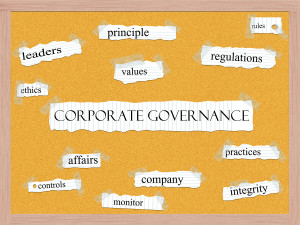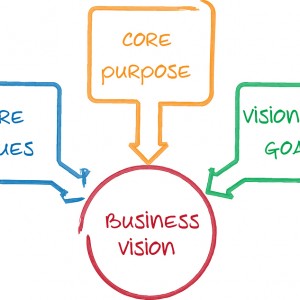
Mid Career Coaching:
Finding What Truly Matters
Do you know what truly matters most to you? I’ve been posting about mid career crisis, and this is really an opportunity for you to

Do you know what truly matters most to you? I’ve been posting about mid career crisis, and this is really an opportunity for you to

Previously, I’ve been writing about mid career crises, and what researchers have termed the “Happiness U-Curve.” There’s a dip in life and career satisfaction at

Hearing the phrase “mid career or midlife crisis” evokes the cliché of a successful executive (usually a man), between 40 and 55, who wakes up

One of the most important decisions companies make is whom they name manager. Unfortunately, a new survey by the Gallup organization reveals that only one

I’ve been inspired by Harvard Professor Max Bazerman’s book The Power of Noticing: What the Best Leaders See (Simon & Schuster, 2014). It’s really caused

The best leadership decisions are never made in isolation. In public companies, government offices and non-profits, regulation and oversight is required to ensure maximum outcomes

How can organizations improve their leadership decisions? What can smart leaders do to avoid making decision errors that lead to business and career bloopers? You

As a leader, your career depends on making smart decisions: From what you say, to what you do, to how you delegate and use resources.

In my work coaching individuals, we often arrive at key insights through questions and reflection about their own hero’s journey. But insights are only valuable

Does your company have an organizational purpose? In a company without a strongly identified purpose, people have only a vague idea of what they’re supposed

Join Nancy as she talks with Meredith Hirsh, her client, on her podcast, Working Healthcare. Learn when to seek a therapist versus a coach and

Listening may be the most difficult skill to master when communicating effectively. But master it, we can! The non-verbal part of communicating is the most

How do you test your leadership insights? “Innovation is seeing what everybody has seen and thinking what nobody has thought.” ~ Dr. Albert, Szent-

An organization’s health is only as sound as its leader’s decisions. Some companies prosper from wise leadership directions, while others struggle after flawed choices—choices that







